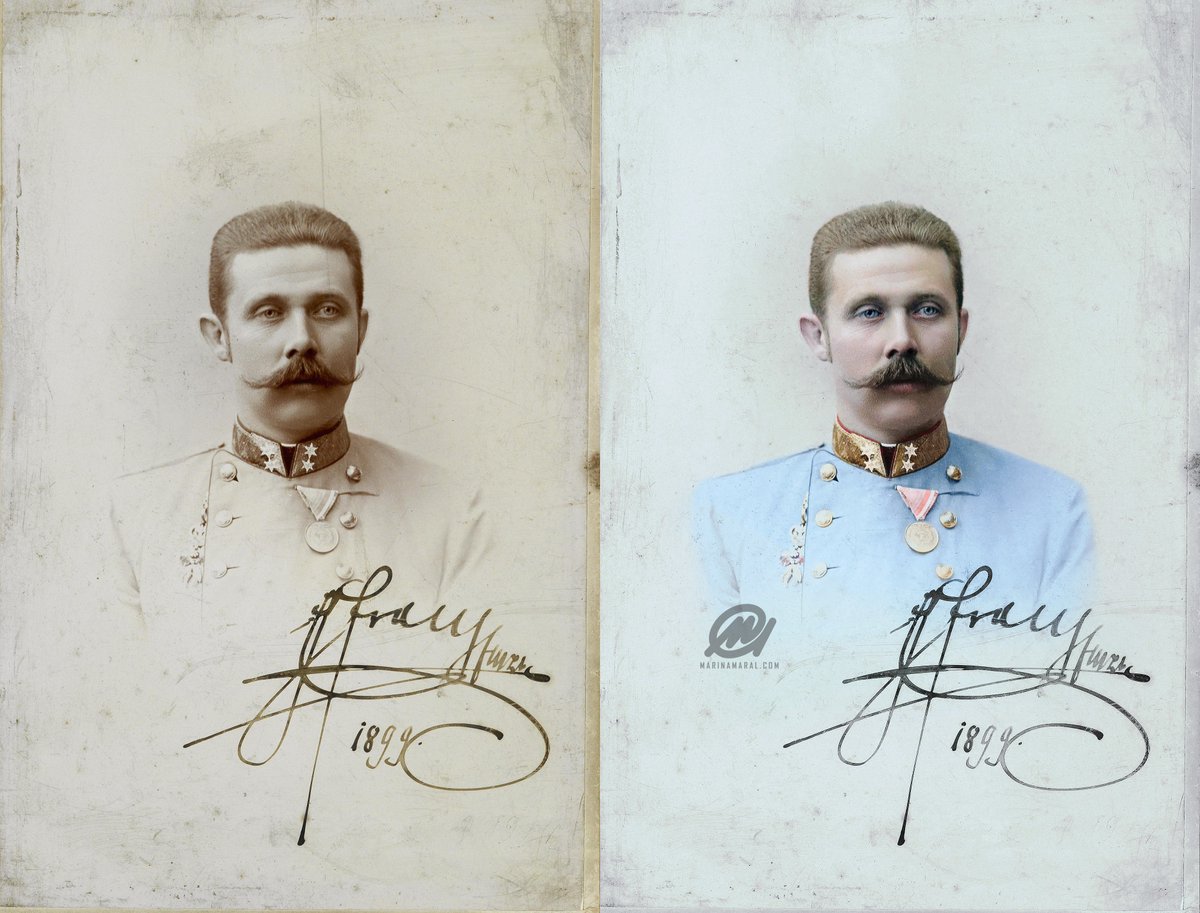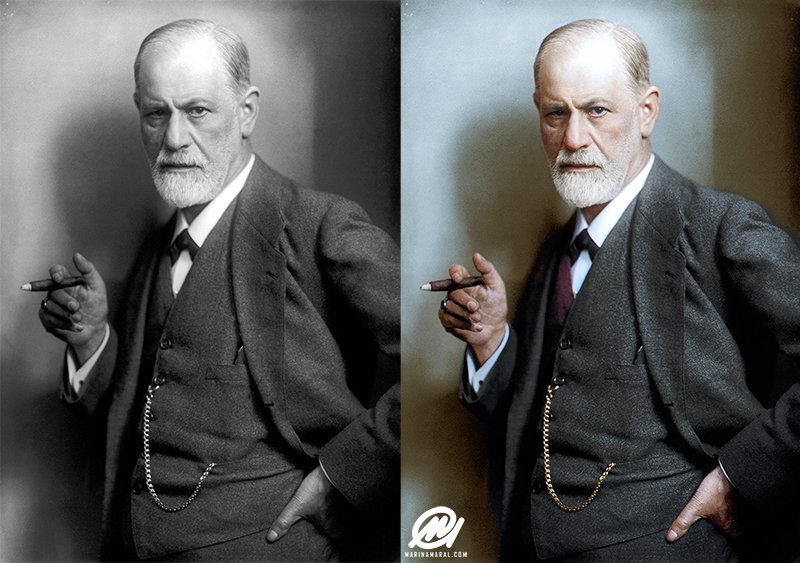Archduke Franz Ferdinand of Austria was born #OnThisDay 1863. His assassination in Sarajevo precipitated Austria-Hungary's declaration of war against Serbia. This caused the Central Powers and Serbia's allies to declare war on each other, starting World War I. 

Franz Ferdinand was born in Graz, Austria, the eldest son of Archduke Karl Ludwig of Austria (younger brother of Franz Joseph and Maximilian) and of his second wife, Princess Maria Annunciata of Bourbon-Two Sicilies. 

• • •
Missing some Tweet in this thread? You can try to
force a refresh















